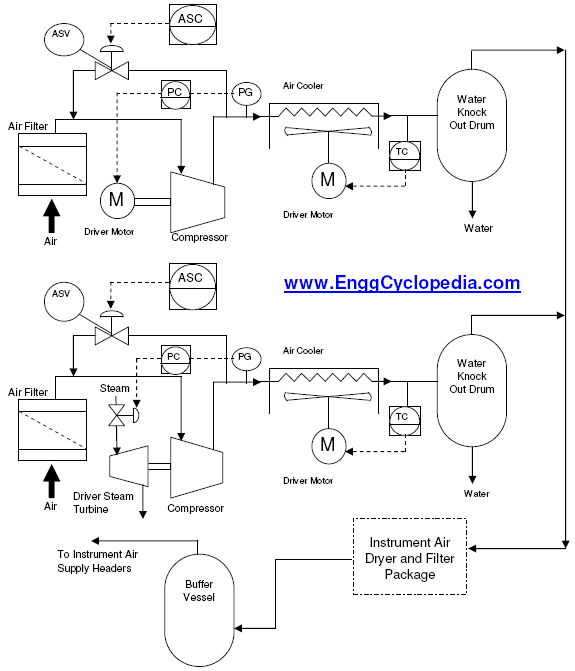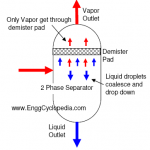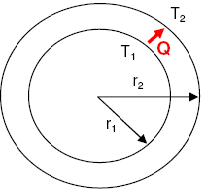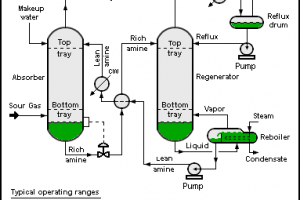Different gasification fuels
Gasification process converts a carbon based fuel into a gaseous product with a useful heating value. A range of different gasification fuels can be used for this for example - coal, biomass, residual oil and even natural gas.
1. Coal Gasification
There are various types of coal and each type of coal has its own properties which are important for coal gasification. Some of those important aspects of coal to be used in gasification are:
- Age of the coal
- Caking properties
- Water content
- Ash properties
Coal analysis is done to find out suitability of different samples of coals based on these properties. Coal is mostly classified based on fixed carbon, volatile matter and their heating values.
| Class | Volatile Matter(wt%) | Fixed Carbon(wt%) | Heating Value(MJ/kg) |
| Anthracite | <8 | >92 | 36-37 |
| Bituminous | 8-22 | 78-92 | 32-36 |
| Sub-bituminous | 22-27 | 73-78 | 28-32 |
| Lignite | 27-35 | 65-73 | 26-28 |
Heating Value of coal
Heating value is generally determined by combustion inside a calorimeter. Both lower and higher heating values are used for thermodynamic calculation. The lower heating value popularly known as LHV takes into account the amount of water vapor lost in the exhaust stream. For determination of HHV, one needs to condense out the water vapour present in the exhaust stream to calculate steam heat.
There are two different methods to calculate heating values:
Dulong Formula
HHV in MJ/kg ═ 33.86×C + 144.4×(H‐O/8) + 9.428×S
Where C,H,O and S are the mass fraction obtained from ultimate analysis.
Channiwala formula
HHV in MJ/kg ═ 34.91×C+117.83×H‐10.34×O‐1.51×N+10.05×S ‐ 2.11×Ash
These formulas and experiments together are used to calculate heating value of coal.
2. Liquid and Gaseous fuels for gasification
Liquid feedstock is another type of fuel for gasification process. In 2002, around 154 million NM3/day of synthesis gas was produced using partial oxidation of liquid fuel. Gaseous feed doesn’t need gasification and they are used at very small scale for production of vast array of petrochemicals.
3. Biomass Gasification
The broad biomass resource base is comprised of agricultural crop residues, feedstock produced on energy farms, manure from confined livestock and poultry operations, wood and bark mill residues from primary wood product manufacturing plants, bark residues from the wood pulp industry, logging residues from timber harvesting operations, non-commercial components of standing forests and the organic fraction of municipal solid wastes. The overall biomass can be categorized into two categories.
Woody Biomass
Woody biomass is characterized by high bulk density, less voidage, low ash content, low moisture content, high calorific value. Because of the multitude of advantages of woody biomass its cost is higher, but supply is limited.
Non-Woody biomass
The various agricultural crop residues resulting after harvest, organic fraction of municipal solid wastes, manure from confined livestock and poultry operations constitute non-woody biomass. Non-woody biomass is characterized by lower bulk density, higher voidage, higher ash content, higher moisture content, and lower calorific value.
4. Wastes
Waste as a gasification feedstock covers a wide range of materials. Due to its heterogeneous nature, it is rather difficult to provide an unambiguous property description of waste. Physical properties and composition of waste as well as presence of different components, such as sulphur, chlorides or metals, have impact on its utilization.
Practical use of waste as a feedstock requires continuous adjustment of operating conditions to prevent losses and production of undesirable outlet gasses.
Biomass Properties relevant to gasification
Bulk Chemical Analysis
In evaluating gasification feedstocks, it is generally useful to have proximate and ultimate analyses, heat of combustion analysis and sometimes ash analysis. These provide information about volatility of the feedstock, elemental composition and heat content.
Physical Properties Analysis
Major physical data necessary for predicting thermal response of biomass materials under pyrolysis, gasification and combustion reactions are shape, size, voidage, thermal conductivity, heat capacity, diffusion coefficient and densities viz. bulk density, apparent particle density and true density.
Properties of different type of Biomass are given in following Table-1
| Biomass | HHV (MJ/kg) | Moisture (wt%) | Ash (wt%) | Sulfur (wt%dry) | Chlorine (wt%dry) |
| charcoal | 25-32 | 1-10 | 0.5-6 | ||
| Wood | 10-20 | 10-60 | 0.25-1.7 | 0.01 | 0.01 |
| coconut shell | 18-19 | 8-10 | 1-4 | ||
| straw | 14-16 | 10 | 4-5 | 0.07 | 0.49 |
| ground nut shells | 17 | 2-3 | 10 | ||
| coffee husks | 16 | 10 | 0.6 | ||
| cotton residues (stalks) | 16 | 10-20 | 0.1 | ||
| cocoa husks | 13-16 | 7-9 | 7-14 | ||
| palm oil residues (shells) | 15 | 15 | |||
| rice husk | 13-14 | 9-15 | 15-20 | ||
| soya straw | 15-16 | 8-9 | 5-6 | ||
| cotton residue (gin trash) | 14 | 9 | 12 | ||
| maize | 13-15 | 10-20 | 2 | 0.05 | 1.48 |
| palm oil residues (fibres) | 11 | 40 | |||
| sawdust | 11 | 35 | 2 | ||
| bagasse | 8-10 | 40-60 | 1-4 | ||
| palm oil residues (fruit stems) | 5 | 63 | 5 | ||
| bark | 0.07 | 0.49 |
Table-1 Properties of Biomass - derived from Quaak et al., 1999; Arbon, 2002.




